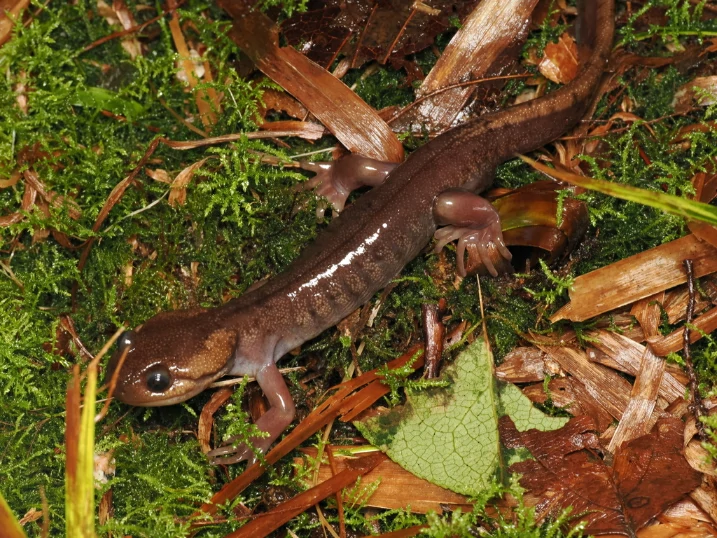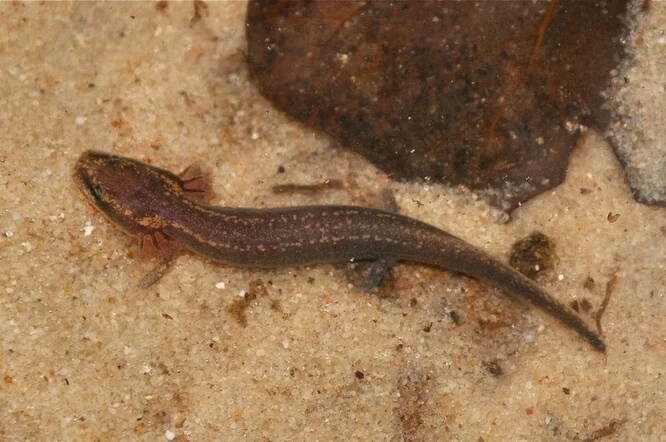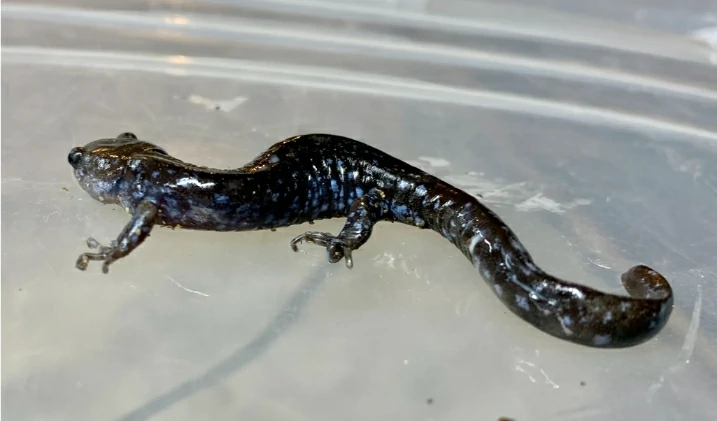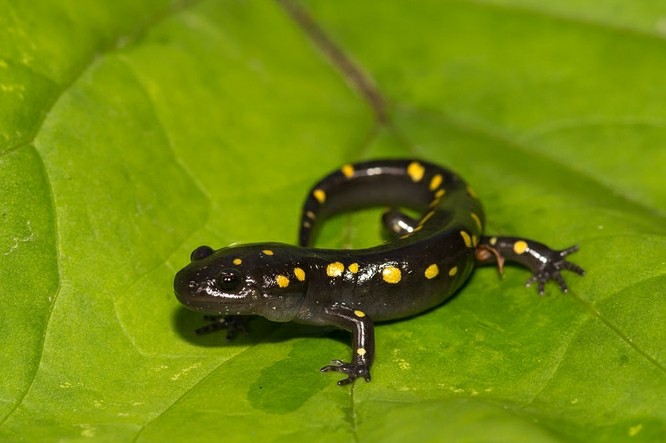Do Salamanders Eat Fruit?
Salamanders are fascinating amphibians known for their smooth skin, quiet behavior, and carnivorous diets. They spend much of their time hidden under logs, in leaf litter, or near streams where insects and small animals are easy to find. Still, some people wonder whether salamanders might also eat fruit. No, salamanders do not eat fruit. These … Read more









